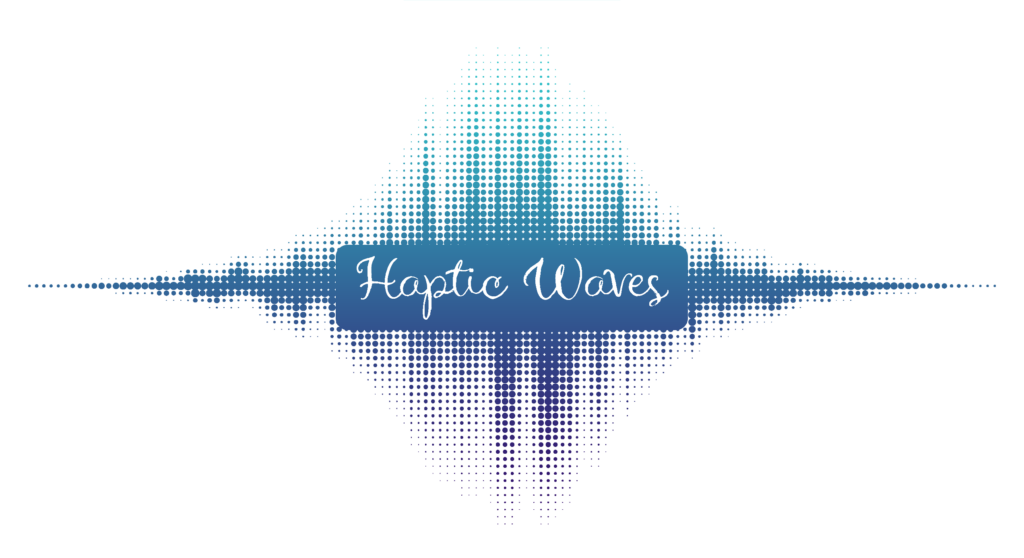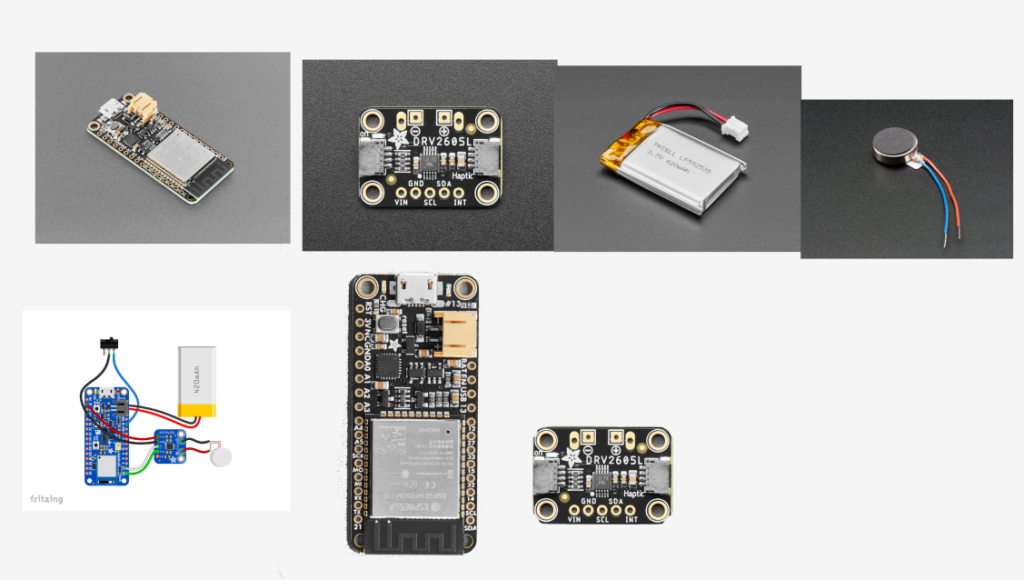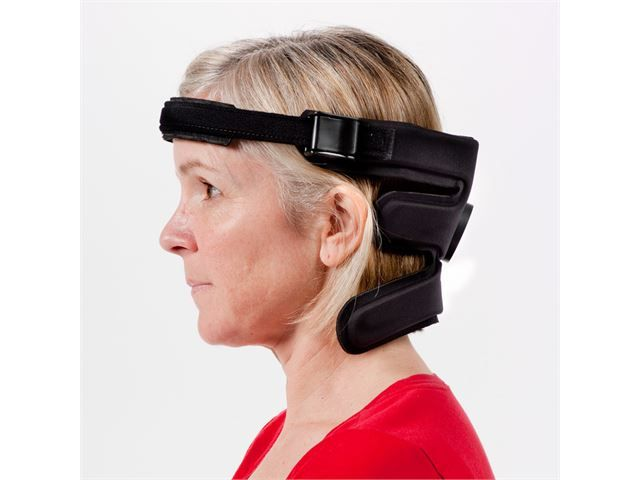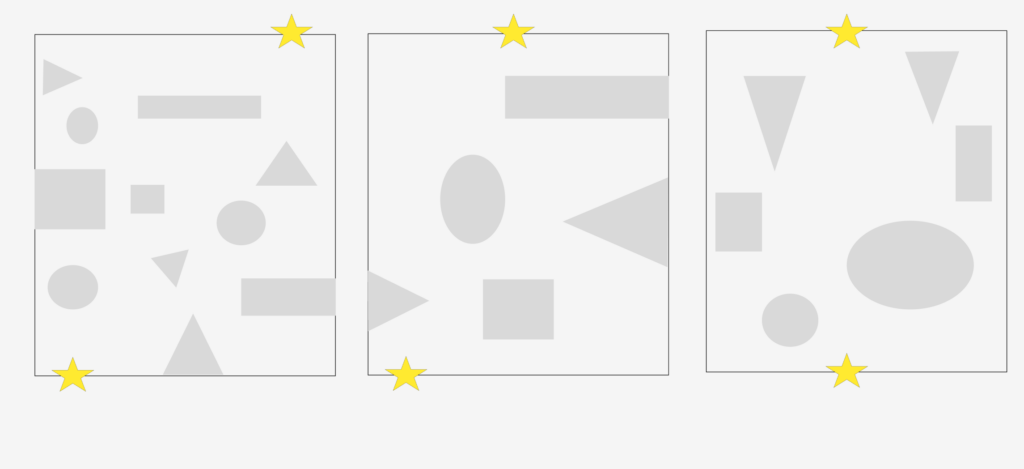Week in Review: Exploring Haptic Technology and Building Team Dynamics
This week, our main objective was to dive deep into the world of haptic technology—exploring its use cases and applications across various industries. Haptic feedback, which simulates the sense of touch using vibrations or motions, is transforming everything from gaming and robotics to healthcare and education. Our goal was not only to understand how haptic technology works but also to identify real-world applications that could align with our ongoing projects. With its potential to enhance immersive experiences in virtual reality or assist in complex medical procedures, we’re excited to see how haptics can play a role in our work.
While exploring this fascinating technology, we also faced the challenge of figuring out our team dynamics. As we’re still in the early stages of collaboration, establishing clear communication, defining roles, and understanding each other’s strengths have become essential to ensuring efficient progress. Working well together is key to tackling both the technical aspects of haptic technology and its real-world applications, and we’re committed to fine-tuning our team dynamics moving forward.
Despite these challenges, we made significant progress. To kick off the week, we got organized by setting up our Jira board with Danni. This tool will help us manage tasks, track progress, and stay aligned as we move through the project. It’s already proving to be invaluable for keeping everyone on the same page and streamlining our workflow.
Our exploration into haptic technology also began in earnest as we researched its various applications. From enhancing user experiences in gaming controllers to aiding medical training with tactile feedback, haptics is a rapidly evolving field. This research not only deepened our understanding of what’s possible today but also sparked new ideas for how we could leverage haptic technology in the future.
A key highlight of the week was our first Subject Matter Expert (SME) meeting with Vivian Chen, a PhD student at Carnegie Mellon University’s Robotics Institute. Vivian, who is conducting research with the Future Interfaces Group, shared invaluable insights into the cutting-edge advancements in haptic technology. The discussion broadened our perspective on how haptics is being used in research and real-world applications, and we’re excited to continue collaborating and exploring new possibilities with her.
Looking ahead, we’ll be expanding our research into more specific applications of haptics and exploring how we can innovate within this space. Additionally, we’ll continue refining our team dynamics to ensure that we can tackle future objectives with even greater efficiency. Stay tuned for more updates as we move forward in this exciting journey!
How to get in touch with us
700 Technology Drive
Pittsburgh, PA, 15219
etc-haptic-waves@lists.andrew.cmu.edu



